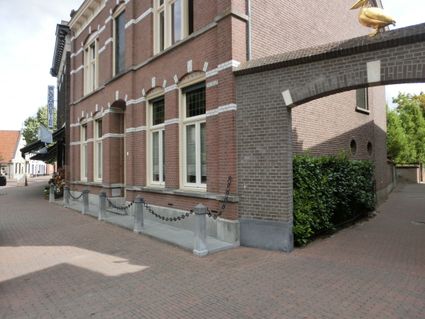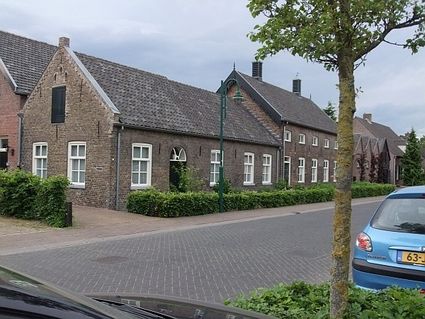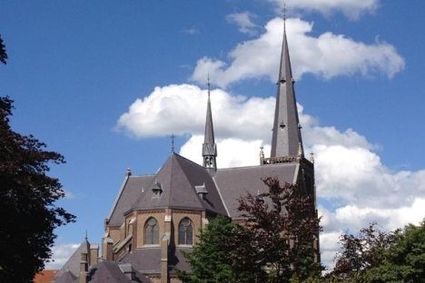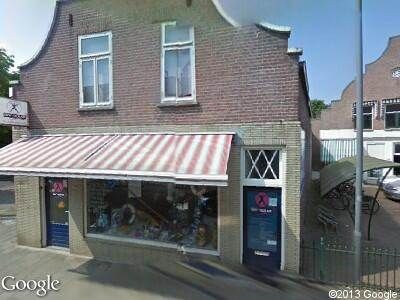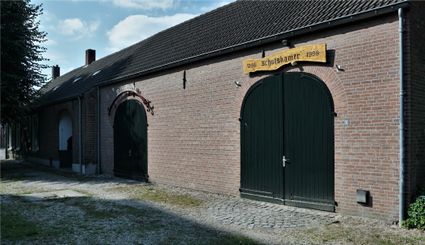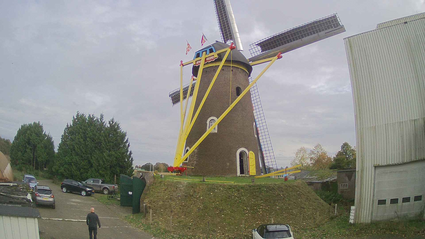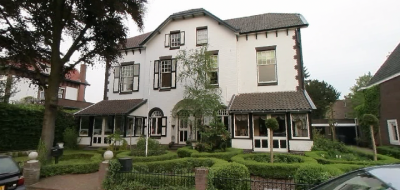Klooster De Weyst | Handel
Neem contact op
This monastery was built next to where Daniel de Brouwer, the founder of the Congregation Brothers Penitents, fled after his troubles in Huijs Bloemendael a kilometer further south. There he was sexton of the chapel in Handel and gave Catholic education to boys from far and wide. Once settled in Boekel, an expanding community emerged, focusing heavily on good works, including education, but mainly managing the care of the mentally ill. Eventually, the congregation founds two psychiatric institutions and four institutes for the mentally handicapped. As such, this order is unique. House Padua, the Boekel part of this complex of which Convent De Weyst is a part, together with the Cluys becomes the first insane asylum in the Netherlands.
Traditionally, Daniel a…
This monastery was built next to where Daniel de Brouwer, the founder of the Congregation Brothers Penitents, fled after his troubles in Huijs Bloemendael a kilometer further south. There he was sexton of the chapel in Handel and gave Catholic education to boys from far and wide. Once settled in Boekel, an expanding community emerged, focusing heavily on good works, including education, but mainly managing the care of the mentally ill. Eventually, the congregation founds two psychiatric institutions and four institutes for the mentally handicapped. As such, this order is unique. House Padua, the Boekel part of this complex of which Convent De Weyst is a part, together with the Cluys becomes the first insane asylum in the Netherlands.
Traditionally, Daniel and his fellow brothers were nuns. That is, not a monk or nun but a third more secular order, bound by fewer rules than actual monastic orders. This "third rule" grew out of the tradition of poverty and good works founded by St. Francis of Assisi. After settling in Handel, the community soon began to grow and began to provide Catholic education as well. Now monastic orders of more than five men were not allowed to stay in Gemert. Those who pointed this out, oddly enough, were the brewers of Gemert. Indeed, Daniël de Brouwer had been born Daniël Vervest but made a good name for himself in Handel as a brewer. The Gemert competition was not amused. Daniel saw the bug, after repeated protests that his fraternity was not a monastic order, and in 1742 crossed the border from Handel to Boekel, part of the likewise free enclave Land van Ravenstein, without prohibitive rules and settled there. Less than a kilometer from his original headquarters.
In 1852, monastery De Weyst was built on Handels territory for the Capuchin Order, by the then rector of the Brothers Penitents, who was a priest, Capuchin Father Petrus van Oorschot. The rector looked after the spiritual interests of the friars. The Capuchin Order is the regular monastic order according to the First Rule, that of the monks, which also takes as its inspiration the way of life of Francis of Assisi. Soon, in 1857, a stone wall rises between the housing of the true fathers and the friars. After foundation of a cemetery, it is final, there is independence from the surrounding parish.
Now the monastery De Weyst is no longer used as a convent. It is a place of reflection following the tradition of Gandhi, this in consultation with the departing fathers. Gandhi and Francis have much in common as it turns out. Maintenance of the monastery is and this is rare, not overdue. People with community service can work here under supervision on the maintenance of the monastery. It is a good example of repurposing.
Sources:
I. Merks-van Brunschot, Brothers Penitents: 300 years 'Citizens in pipe' and the development of contemporary voluntary work in organizational sociological perspective, 1996, Stichting Zuidelijk Historisch Contact, Tilburg
P. Lathouwers, In eer ende oirbaer onser vrouwe te Haenle: Church and pilgrimage in Handel, 2005, Heemkundekring De Kommanderij, Gemert



